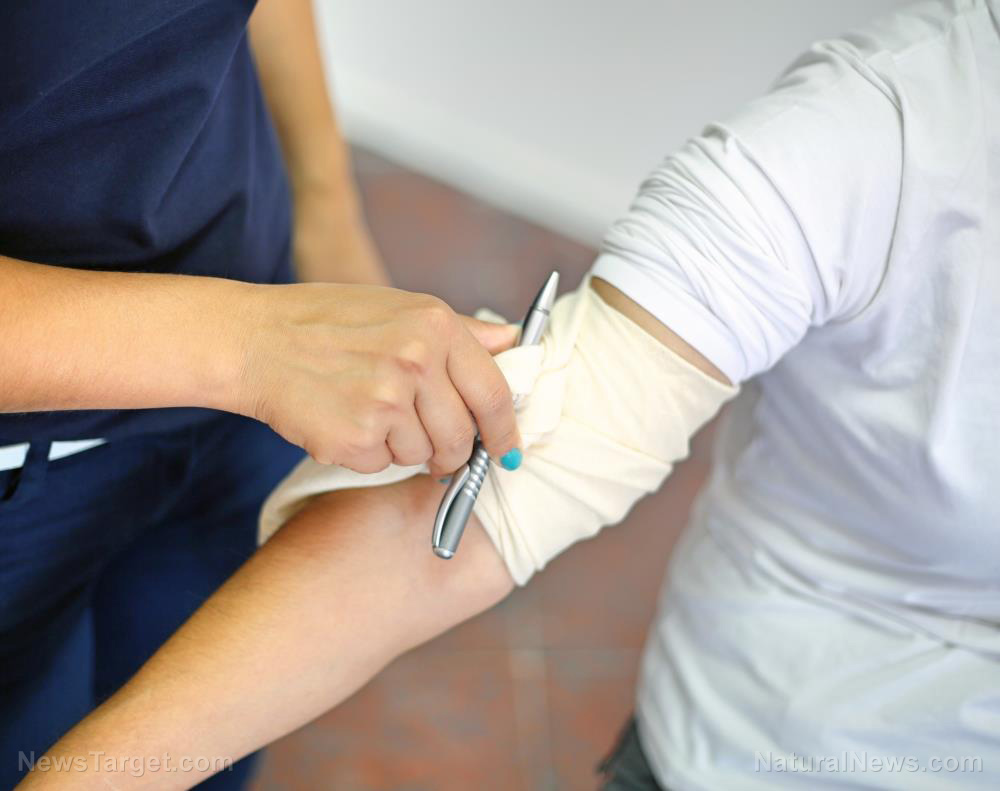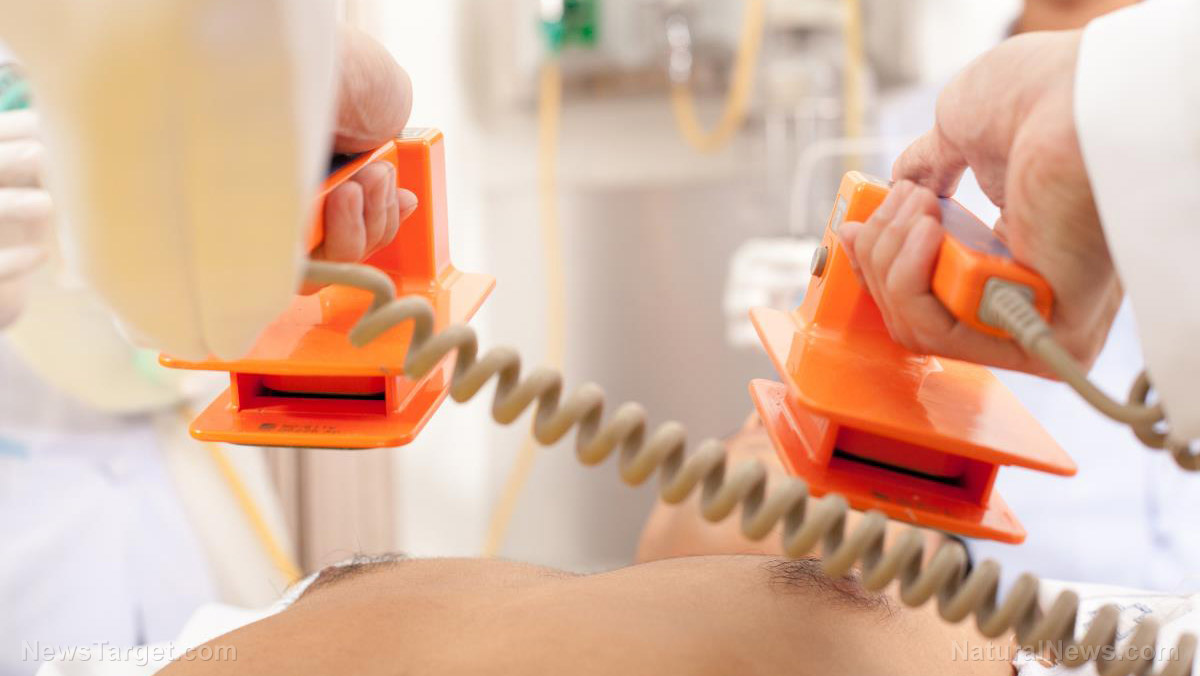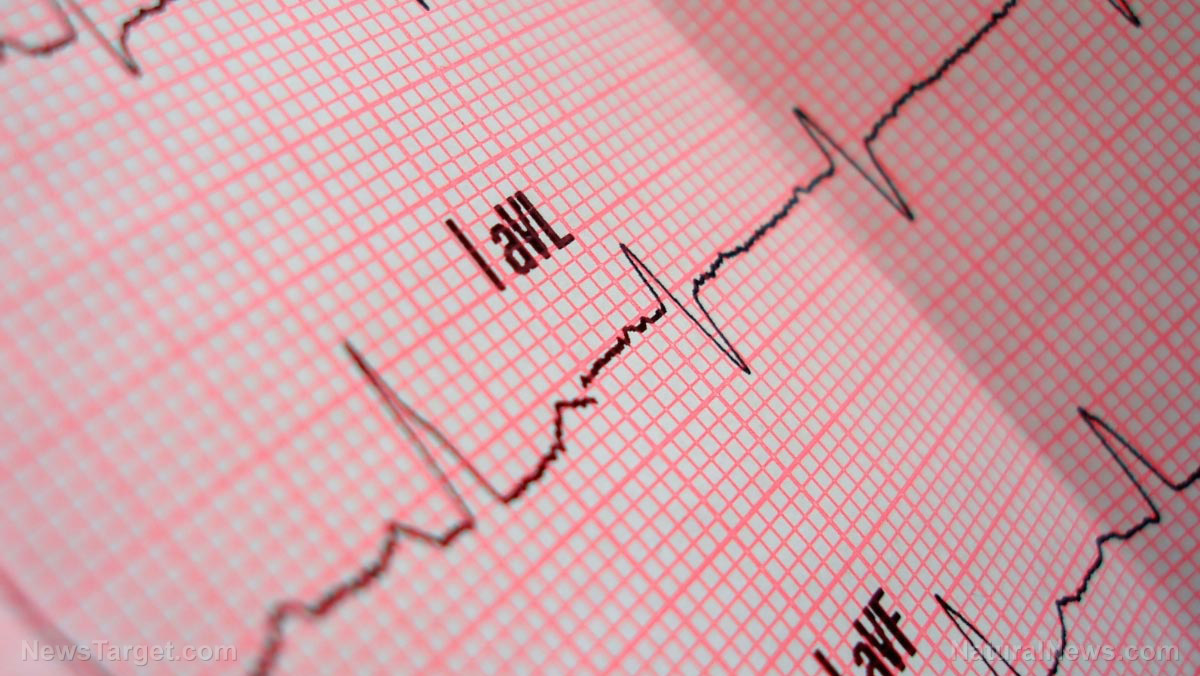
A knife can cause far more damage than you may realize because once the sharp tip of the weapon breaks the skin, it can easily slice through organs and any soft tissue, even with little force.
Stab wounds can be one of the most dangerous and painful types of external injuries. Depending on the location and depth of the damage, a stab wound could be fatal. A victim who succumbs to the injury usually dies slowly of blood loss, or because the wound penetrated the heart or any vital organ, or severed major arteries.
There is also the risk of infection from the cause – whether it is rusty, full of bacteria or other factors. Attending to stab wound injuries will need quick actions and a level head to effectively provide the necessary care to prevent deterioration and save someone's life.
Listed below are basic tips on how you can help if someone has been stabbed.
Survey the area
Always ensure the area is safe and you are not in any danger before commencing any first aid.
Lay the person down
Help the person lie on the ground. This position will make it easier to stabilize the casualty, particularly if they are experiencing signs of dizziness or near-fainting.
Determine the extent of the injury
Protect yourself and wear gloves if possible. Before treating the casualty, carefully remove pieces of debris, then flush out the wound site with clean water.
Carefully assess the victim and identify all wounds before starting first aid. Look for wounds that need urgent treatment and attend to that one immediately. Examples of different scenarios may include any one (or several) of the following:
- The bleeding doesn't stop after several minutes of applying pressure.
- The bleeding spurts or gushes out quickly, which is a sign of arterial bleeding – the most severe type.
- The blood oozes out like a thick liquid, flowing steadily out of the body, which is a sign of venous bleeding that can be just as serious as an arterial bleeding.
- The wound is deep, large or embedded with an object.
- The wound exposes the bone.
- The wound involves the eye or abdomen.
- The wound is in the chest or neck and causes difficulty breathing.
- The injury was caused by a motor vehicle accident.
- The person shows signs of shock.
Check the victim's ABCs (airway, breathing and circulation)
Ensure that the casualty's airway remains unobstructed. Listen to the sound of breathing and watch chest movement.
If the casualty stops or isn't breathing, begin chest compressions by pushing down on the chest at a rate of 100-125 compressions per minute. Optimize compression depth at about 50mm. Minimize interruptions to promote full chest recoil.
If the person starts coughing or vomiting, turn him/her onto the side to prevent choking on his/her own vomit.
Keep a close eye on the person’s breathing and pulse rate to ensure that their condition does not take a turn for the worse or become unstable.
Stop the bleeding
Apply enough pressure on the wound site using a clean and absorbent material, such as a clean shirt or towel if sterile gauze is not available. Elevating the wound will help as well to help reduce swelling and minimize the risk of infection.
If the cut is deep or if you are concerned about scarring, you may also want to apply a cold compress (if available).
In severe cases, a tourniquet may be needed and applied only if direct pressure and elevation don't stop the bleeding. You can fashion a tourniquet out of a bandage and a stick (or a rod) as a "windlass." (Related: Survival first aid tips: Do you know how to apply a tourniquet?)
You can use natural remedies to stop the bleeding like cayenne or yarrow powder by sprinkling these herbs' powdered form directly on the open wound. (Related: Top five emergency first aid items you probably didn’t even realize were medicine.)
Manage an embedded object, if any
If an object is embedded in the wound, don't try to remove it because doing so could cause further harm.
Use gauze and apply pressure surrounding the protruding or impaled object to control the bleeding. If the object is quite long, do not cut the end of the protruding object unless it is completely unmanageable and prevents you from moving the casualty.
Position a padding around the object to prevent the object from twisting or moving. Put a bandage over and around the padding to secure the foreign object before applying a bandage that completely covers the site of the injury. Make sure that you do not press too hard on the object.
Learn more survival tips at Preparedness.news.
Watch this video to learn more about hemorrhage control techniques.
This video is from the Lone Oak Survival channel on Brighteon.com.
More related stories:
Prepper first aid: DIY antiseptics for wound care.
First aid basics to teach your kids.
Survival first aid: Understanding the medic’s priority.
Sources include:
Please contact us for more information.























